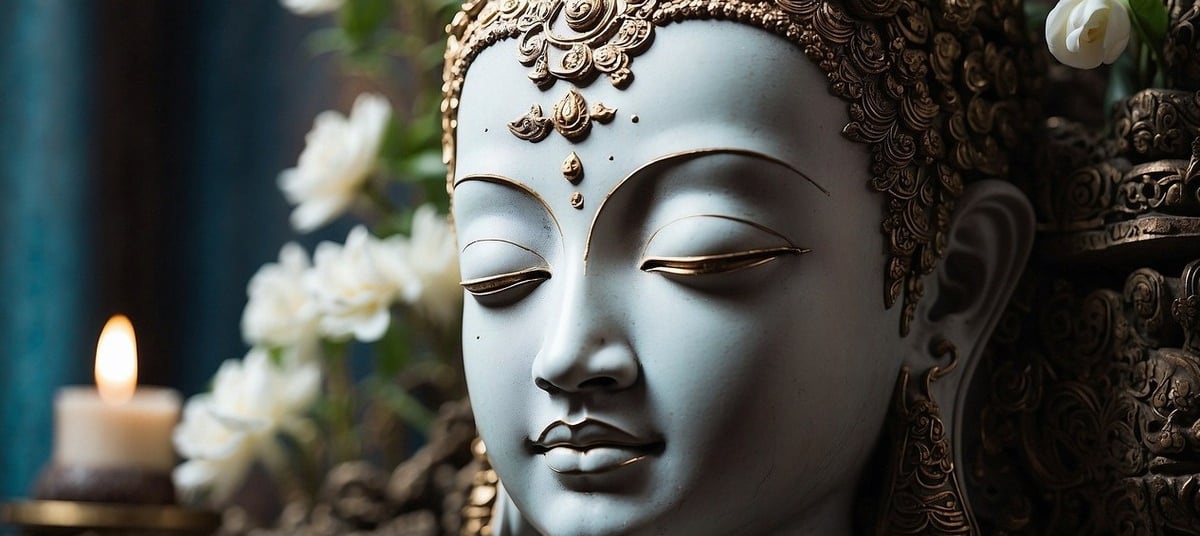Mahakumbh and the Concept of Moksha in Hinduism


The Mahakumbh Mela is one of the most significant religious events in Hinduism, deeply intertwined with the spiritual concept of moksha, or liberation. Rooted in ancient mythology, scripture, and spiritual practice, the Mahakumbh offers devotees a profound opportunity to embark on their journey toward salvation. Understanding the connection between the Mahakumbh and moksha sheds light on the event’s enduring spiritual significance.
Understanding Moksha in Hinduism
In Hindu philosophy, moksha represents the ultimate goal of human life. It signifies liberation from the cycle of birth, death, and rebirth (samsara) and the transcendence of worldly attachments and sufferings. Achieving moksha is equated with realizing the eternal truth, attaining unity with the divine, and experiencing supreme bliss. The pursuit of moksha is guided by various paths, including devotion (bhakti), knowledge (jnana), action (karma), and meditation (dhyana).
The Role of Mahakumbh in Attaining Moksha
The Mahakumbh Mela, held every 12 years at the Triveni Sangam in Prayagraj, is considered a spiritually auspicious event that aids in the quest for moksha. According to Hindu mythology, the Samudra Manthan (churning of the ocean) led to the creation of amrita (nectar of immortality), drops of which fell at four sacred locations, including Prayagraj. These sites are believed to retain the divine essence of the nectar, making them powerful places for spiritual transformation.
The Triveni Sangam, where the Ganga, Yamuna, and the mythical Saraswati rivers converge, is viewed as a sacred portal for spiritual cleansing and renewal. A ritual bath (snan) in these holy waters during the Mahakumbh is thought to wash away sins, purify the soul, and free individuals from the karmic cycle, thereby paving the way for moksha.
The Mahakumbh is marked by elaborate rituals and spiritual practices aimed at achieving liberation. These include:
Sacred Bathing: The act of immersing oneself in the Triveni Sangam is seen as a symbolic surrender to the divine. The waters are believed to carry the blessings of the gods, aiding in spiritual purification.
Discourses and Meditation: Spiritual leaders and saints offer teachings that inspire introspection and guide devotees on their path to enlightenment. Meditation sessions during the Mahakumbh foster inner peace and self-awareness.
Charity and Service: Acts of charity (daan) performed during the Mahakumbh are considered highly meritorious, helping individuals accumulate spiritual blessings.
Pilgrimage: The journey to the Mahakumbh itself is seen as an act of devotion and a step toward liberation.
Symbolism of the Mahakumbh
The Mahakumbh serves as a metaphor for the soul’s journey toward liberation. The gathering of millions of devotees from diverse backgrounds reflects the universal quest for spiritual truth. The event’s emphasis on faith, surrender, and collective harmony underscores the principles essential for attaining moksha.
Conclusion
The Mahakumbh embodies the essence of Hindu spirituality, providing a sacred platform for seekers to advance on their path to moksha. Through its rituals, teachings, and transformative experiences, the Mahakumbh continues to inspire millions, reaffirming its significance as a timeless celebration of faith and liberation.
Contact Us
Address
237A Rasulabad Ghat road Teliarganj Uttar Pradesh 211004
Contacts
+919236056654
mahakumbhdarshnam@gmail.com
